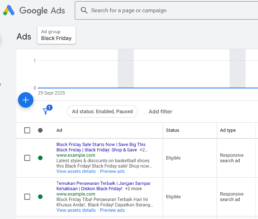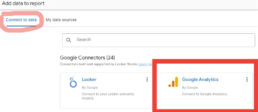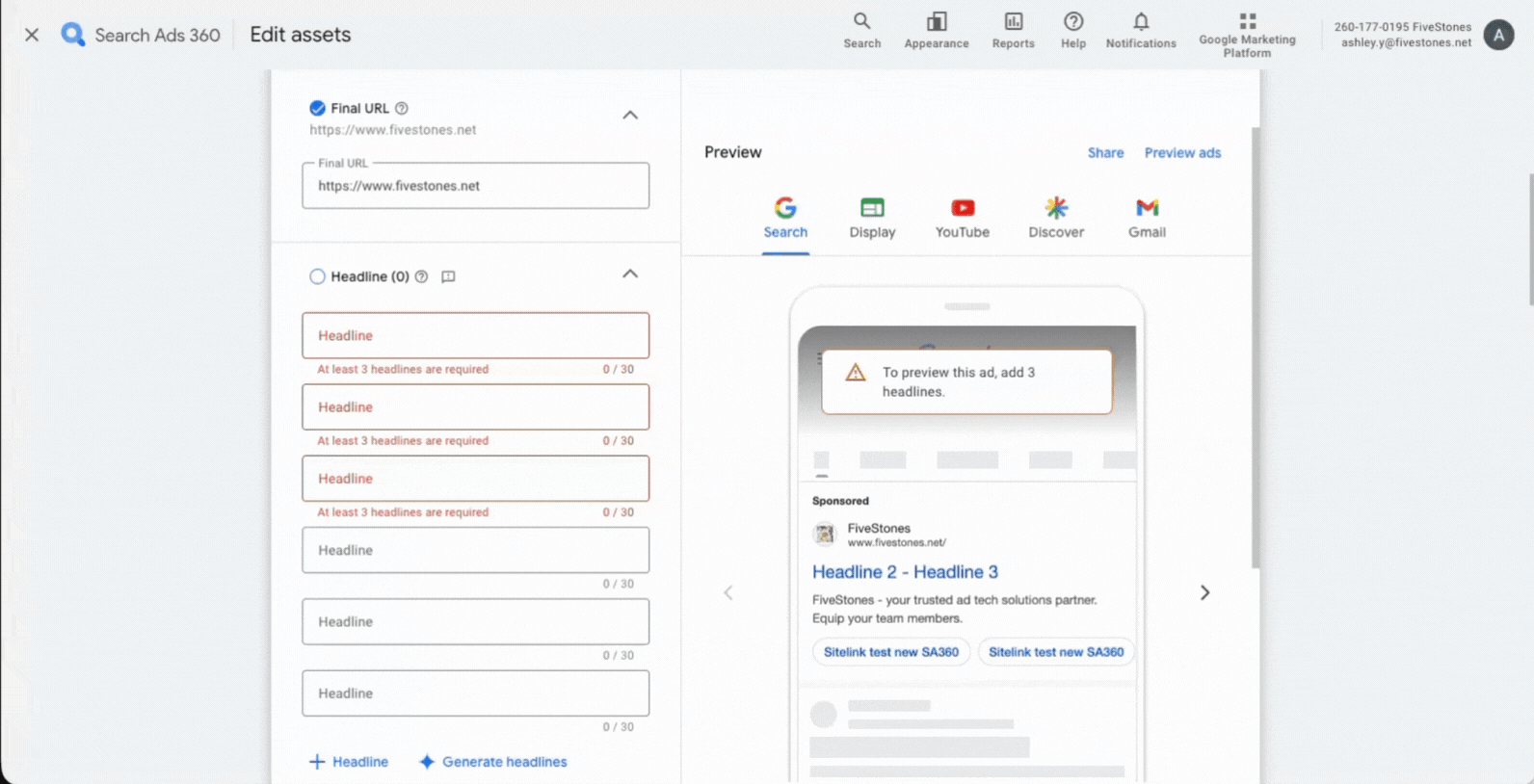TL;DR
Marketers in Southeast Asia (SEA) face one of the most linguistically and culturally diverse markets in the world. To localize effectively at scale, SEA advertisers are using Google Marketing Platform tools — from Google Ads and DV360 to GA4, Looker Studio, and CM360 — to automate creative adaptation, optimize multilingual campaigns, and measure cultural relevance.
This article breaks down how to:
- Use Google Ads for language and geo-targeted campaign structures.
- Activate DV360 dynamic creatives to personalize at scale.
- Leverage Performance Max and Smart Bidding for cross-language automation.
- Analyze multilingual performance in GA4 and Looker Studio.
In Southeast Asia (SEA), cultural and linguistic diversity can be a strategic marketing challenge. With over 700 languages spoken across 11 countries, SEA is one of the most complex digital advertising landscapes in the world. For marketers, this means that copy-pasting global campaigns into regional markets isn’t viable. Campaigns should allow localization at scale, powered by automation and AI.
SEA consumers now expect ads to reflect their own language and local context. According to NielsenIQ, Indonesian consumers, for example, are significantly more responsive to marketing delivered in Bahasa Indonesia (NielsenIQ, 2024). Likewise, Taobao Malaysia’s rollout of Malay-language interfaces and trilingual customer service led to higher platform engagement (Marketing-Interactive, 2025).
Thanks to automation tools within Google Ads and the Google Marketing Platform (GMP), personalization at this scale is more achievable than ever.
Here’s how SEA marketers can build a modern localization stack with Google’s advertising solutions.
1. Language-Aware Campaign Structuring with Google Ads
Start by aligning your campaign structure to language and location. Google Ads supports language targeting, enabling marketers to serve relevant ads based on signals including search query, account setting, browser language settings and others. Combine this with geographic bid modifiers to tailor spend toward key cities or regions.
Responsive Search Ads (RSAs) are particularly effective: by inputting multiple headlines and descriptions in different languages, Google’s machine learning can automatically deliver the most effective combinations for each user. As government-funded AI initiatives like Vietnam’s ViGen dataset continue to advance local language capabilities, it’s also possible that ad creation tools within platforms like Google Ads could support more automated adaptation for dialectal or regional language nuances, to be effective in linguistically diverse markets within SEA.
Thanks to automation tools within Google Ads and the Google Marketing Platform (GMP), personalization at this scale is more achievable than ever.
Here’s how SEA marketers can build a modern localization stack with Google’s advertising solutions.

2. Scalable Creative Localization with DV360 and Studio
Display & Video 360 (DV360) provides advanced capabilities for creative localization across SEA markets through its integration with Google Studio. Marketers can leverage dynamic creatives, structured data feeds, and rules-based rendering to personalize ads at scale based on region, language, or cultural context.
Illustrated Use Case: Localizing a Mega-Sale Campaign Across SEA
A fictional e-commerce brand, ShopLokal, wants to run a regional 11.11 campaign. With one creative template in DV360, they:
- Invest in a dynamic creative template that enables you to populate ad elements (e.g., product images, headlines, CTAs) from a structured feed linked via Google Studio.
- Apply geo-targeting and audience lists to control which creative variant is served to users in different SEA markets.
- Set up custom rules in Google Studio to map ad creative changes to regional events (like Hari Raya in Malaysia or Tết in Vietnam) and to vary tone or language by geography.
- Deploy these assets through DV360, ensure setup avoids duplication for easier campaign management.
Using an ad serving management platform like Campaign Manager 360, they track creative performance by language and region, enabling real-time optimization of the best-performing local combinations.
3. AI-Powered Asset Generation in Google Ads and Performance Max
With AI-based tools like Performance Max, marketers can now automatically generate headlines, descriptions, and image assets that adapt to regional context and language settings. This feature allows creative elements to be tailored dynamically for different markets, helping campaigns resonate across SEA’s multilingual audiences.
Smart Bidding, when combined with Broad Match, enables intent capture across multiple languages — even when user queries differ. A single keyword set can reach users searching in English, Bahasa Indonesia, or Vietnamese, with real-time bid adjustments that optimize for conversion potential.
Human-led supervision is still required for AI-generated assets — especially in markets where tone and formality carry cultural weight, such as Thailand or Vietnam. While Google’s automation improves campaign efficiency, marketers should still apply human quality control to ensure linguistic nuance and brand tone are preserved.
4. Unified Multilingual Reporting with GA4 and Looker Studio
Tracking localization performance starts with clear, multilingual reporting. Google Analytics 4 (GA4) enables this through its built-in language and location dimensions, allowing marketers to analyze how audiences across different regions engage with localized creatives and messages.
When GA4 is connected to Looker Studio, these insights become even more actionable. Marketers can build custom dashboards that visualize campaign performance by country, region, or language, revealing which creative variants or translations drive higher engagement or conversion rates.

For example, a campaign might show stronger engagement for English ads in urban Malaysia, while Malay-language creatives outperform in suburban and rural areas. This mirrors Taobao Malaysia’s localization strategy, which increased engagement by offering fully translated user experiences and trilingual customer support.
Conclusion
Localization in SEA is about delivering campaigns with cultural fluency. Google’s ad stack and the rising investment of regional AI tools like Indonesia’s Sahabat-AI (Reuters, 2024) and Vietnam’s ViGen (VOV Vietnam, 2025) has made it accessible for marketers to achieve personalization at scale.
FiveStones helps marketing teams implement exactly that: regional strategies powered by smart ad tech, creative adaptation, and full-stack measurement. To learn more about ourad tech consultancy services and solutions, connect with us here.
FAQ
Q1. Why is localization so important for marketers in Southeast Asia?
SEA’s 700+ languages and varied cultural norms make one-size-fits-all campaigns ineffective. Localization ensures messaging aligns with linguistic nuance and local culture — increasing engagement, trust, and conversion rates.
Q2. How can Google Ads help with language and location targeting?
Google Ads lets marketers deliver ads based on contextual signals including search query, account setting, browser language settings and others. Combining language targeting and bid adjustments allows precise budget allocation to high-performing locations and language segments.
Q3. What’s the benefit of using DV360 for creative localization?
DV360 enables dynamic creative optimization (DCO) using feeds and rules-based rendering in Google Studio. Marketers can personalize ad visuals, CTAs, and copy by market, event, or language — all managed within a single campaign.
Q4. How does Performance Max improve multilingual advertising?
Performance Max automatically generates creative assets and adapts them to local context. Combined with Smart Bidding and Broad Match, it helps capture user intent across multiple languages while optimizing for conversion.
Q5. How can GA4 and Looker Studio support localized performance measurement?
GA4 provides language and location dimensions for audience insights, while Looker Studio visualizes performance by region and language — making it easier to see which creatives perform best across markets.
Q6. How do marketers measure offline impact using CM360?
By importing offline conversion data (e.g., store visits, voucher redemptions) into CM360, marketers can connect digital exposure to real-world sales and optimize future campaigns for omnichannel effectiveness.
Q7. What’s the future of AI-driven localization in SEA?
With national AI models like Vietnam’s ViGen and Indonesia’s Sahabat-AI, the region is moving toward ad platforms that can eventually adapt automatically to dialects and cultural tone — paving the way for even more contextual creative automation.
Sources:
- NielsenIQ: Indonesia Mega Sales: 5 Key Consumer Insights
- Marketing-Interactive: Taobao’s Local Strategy inMalaysia
- Think with Google: Localization and Automation in SEA
- VOV Vietnam: Vietnam Launches ViGen AI Dataset
- Reuters: Sahabat-AI Launch in Indonesia

